Your Trusted DevOps Partner for Accelerating Cloud Journey
Cloud Security | CI/CD Pipelines | Infrastructure as Code | Monitoring | Compliance | Containers & Serverless
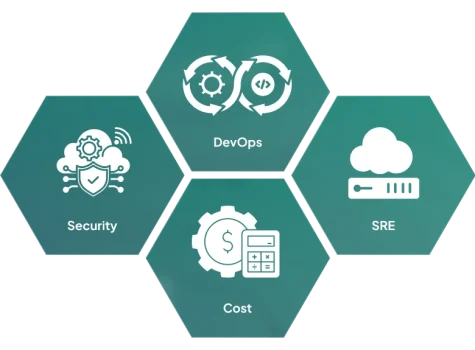
Self Service DevOps Platform
Build, Deploy, and Secure – unifying DevOps into one streamlined platform. Empower your team to innovate and scale with ease.
Your Trusted DevOps Partner for Accelerating Cloud Journey
Cloud Security | CI/CD Pipelines | Infrastructure as Code | Monitoring | Compliance | Containers & Serverless
Redefining Tech Boundaries: Design, Deploy, Dominate!
Unlock Peak Engineering with Streamlined DevOps: Integrated Infrastructure, Pipelines, Deployment, Security, and Observability with Atmosly.



















Why Choose Us
Our focus is on delivering fast, secure, and reliable cloud solutions. With industry-leading expertise and a customer-first approach, we help you optimize and future-proof your infrastructure.
$1 Million+
Cloud Cost Savings without compromising on performance
Wide Range
of Cloud Solutions & Services for every need - Big or Small
99.95%
SLA Guarantee for Uninterrupted Service Availability
Innovation
Driven by a Dedicated Cloud Centre of Excellence (CCoE)
Compliance
Accelerators for SOC 2; GDPR; PCI-DSS; ISO: 27001; HIPPA
Compliance
Accelerators for SOC 2; GDPR; PCI-DSS; ISO: 27001; HIPPA
Solutions Built for Tomorrow
Atmosly

Atmosly empowers your internal teams with a self-service portal to manage complex cloud architectures effortlessly.
Terraform Blueprints Hub

A powerful open-source collection of Terraform modules and Helm charts with built-in CIS compliance and battle-tested across 100+ implementations, this library is continuously updated with the latest security patches and version releases.
The blueprints integrate tools for monitoring, observability, security, governance, guardrails, backups, and disaster recovery.
What We Do

Cloud Security
Built from the ground up, securing all aspects of applications, network, and data.

Cloud Cost Management
Maximize ROI on Cloud investments with FinOps, without compromising performance.

Cloud Native Architectures
Leveraging modern cloud offerings for elasticity and on-demand scaling.

Monitoring and Observability
Proactive monitoring to ensure business continuity and faster incident response.
AWS Well-Architected
Review and remediate cloud deployments to align with AWS best practices.
Success Stories
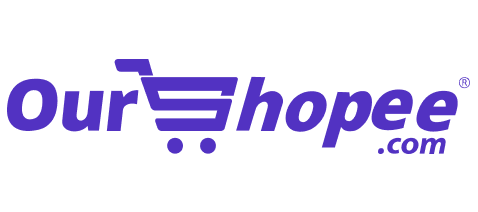
How SquareOps Supports OurShopee With 24×7 Managed DevOps Services for a High-Traffic E-Commerce Platform
- Case Studies
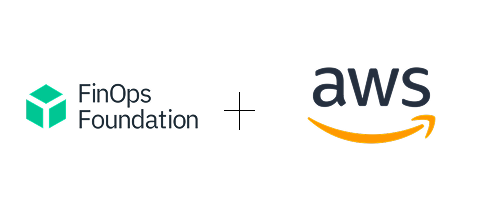
How SquareOps Helped a FinTech Startup Reduce AWS Spend After a Cost Spike
- Case Studies
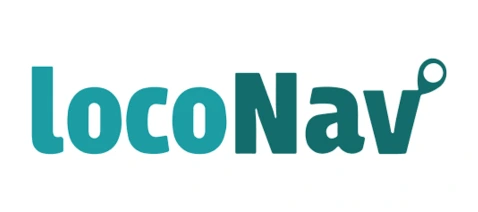
Streamlining Deployments for Loconav with Automation
- Case Studies
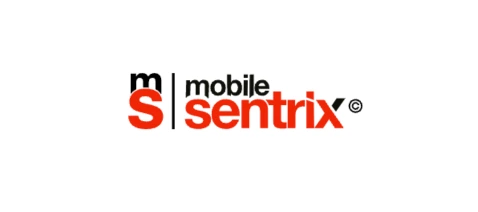
Scaling DevOps & Performance for MobileSentrix
- Case Studies

Migration of MongoDB & Elasticsearch to AWS
- Case Studies
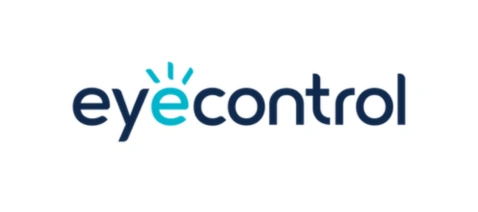
AWS Control Tower Strategy For EyeControl
- Case Studies
Services
Services

Platforms We Support
Our solutions are built to support AWS, Google Cloud, Azure, DigitalOcean, and Linode. The architectures are designed with portability to prevent vendor lock-in while natively integrating with each provider’s offerings, ensuring you get the best of both worlds

Tools We Use
We use a vast array of tools, from cloud-native offerings to powerful open-source solutions, covering all aspects of cloud and DevOps. Our stack includes tools for Configuration Management, CI/CD, Infrastructure Automation, GitOps, Code Quality Scanning, Code Security Scanning, Load Testing, Chaos Testing, Blue-Green Deployments, Cost Management, Observability, Tracing, and Telemetry.
We utilize cutting-edge tools such as Terraform and Kubernetes to provide cloud solutions built for the future. Our solutions integrate natively with version control systems like GitHub and Bitbucket, support container management through Helm, and work with databases such as MySQL and PostgreSQL.






























Testimonials
Latest From our Blog

How to Get Azure Credits Through Microsoft for Startups (Up to $150K)

Why Startups Look for GCP Credits (2025 Reality Check)
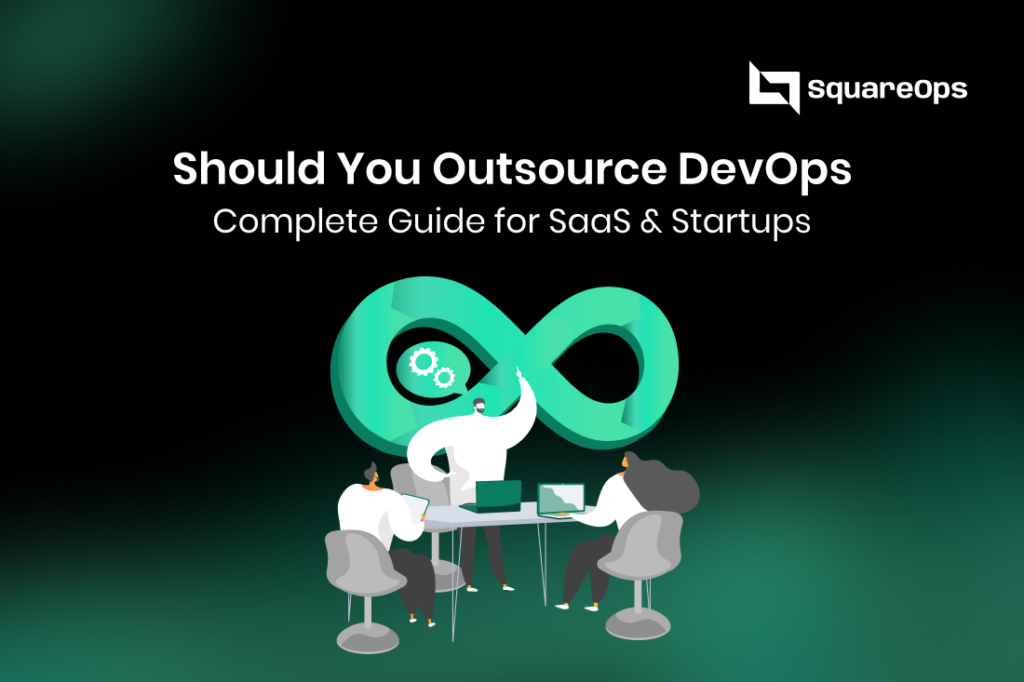
Should You Outsource DevOps? Complete Guide for SaaS & Startups
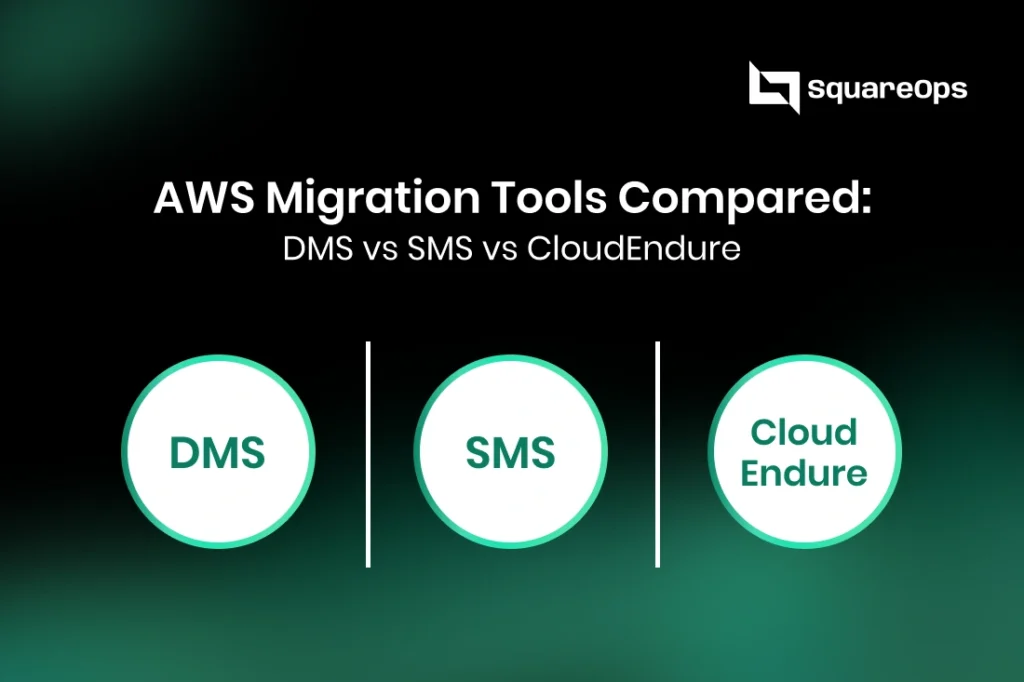
AWS Migration Tools Compared: DMS vs SMS vs CloudEndure
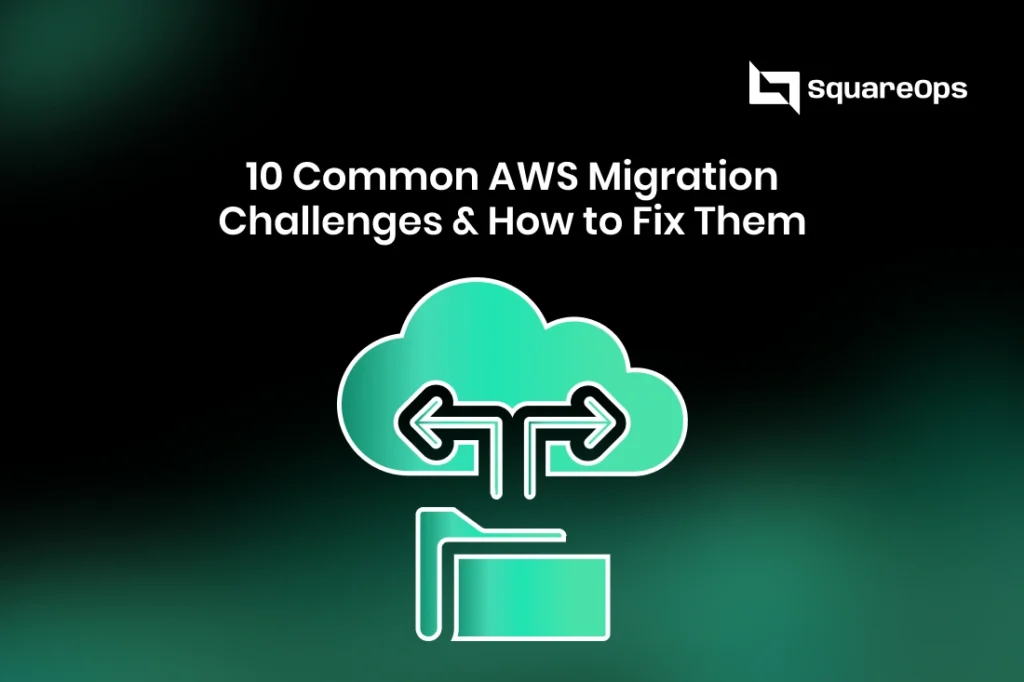
10 Common AWS Migration Challenges & How to Fix Them
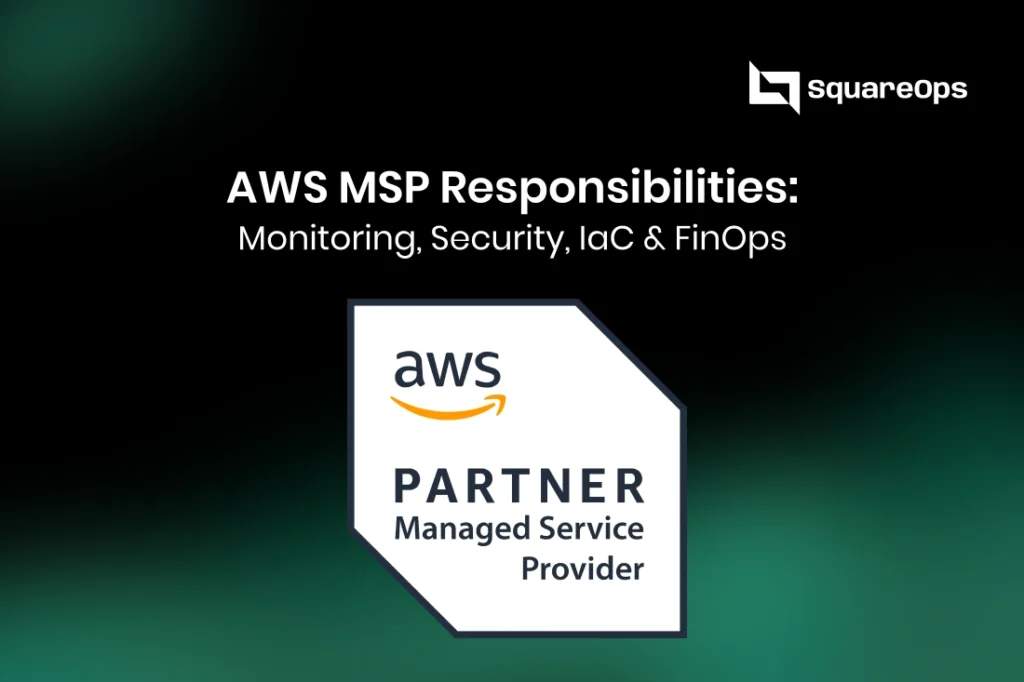
AWS MSP Responsibilities: Monitoring, Security, IaC & FinOps
Stay Ahead in the World of DevOps
Latest From our Blog
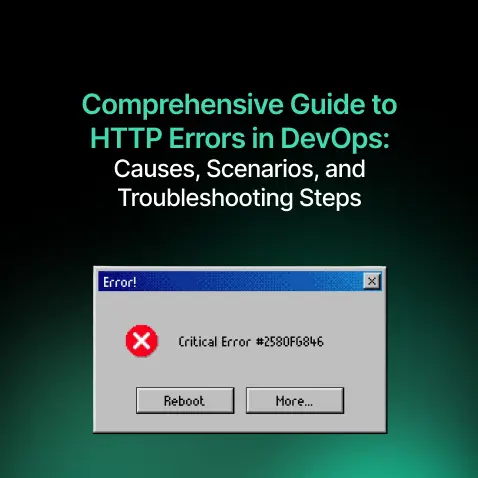
Comprehensive Guide to HTTP Errors in DevOps: Causes, Scenarios, and Troubleshooting Steps
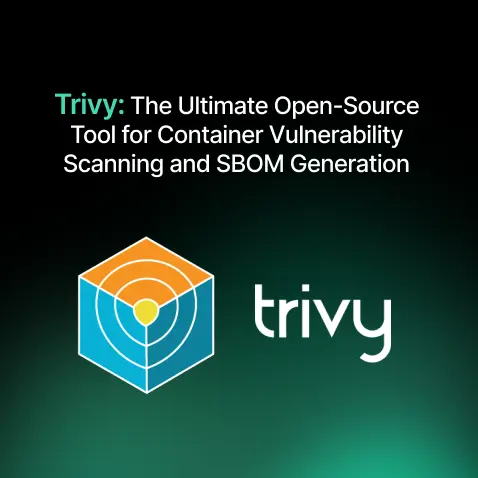
Trivy: The Ultimate Open-Source Tool for Container Vulnerability Scanning and SBOM Generation
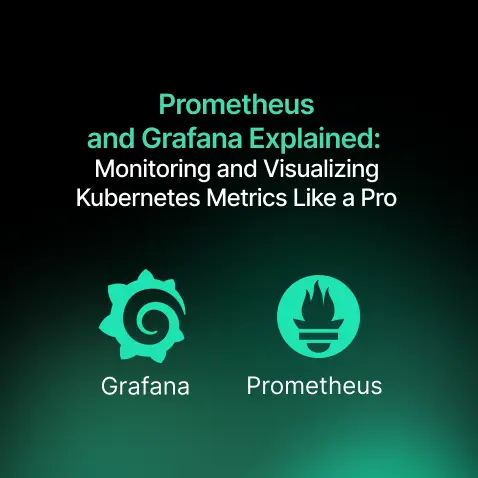
Prometheus and Grafana Explained: Monitoring and Visualizing Kubernetes Metrics Like a Pro
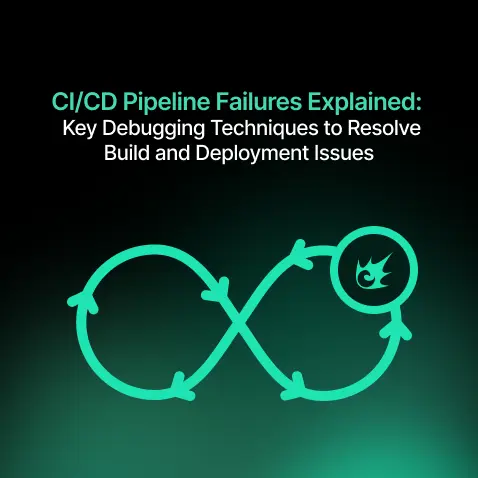
CI/CD Pipeline Failures Explained: Key Debugging Techniques to Resolve Build and Deployment Issues
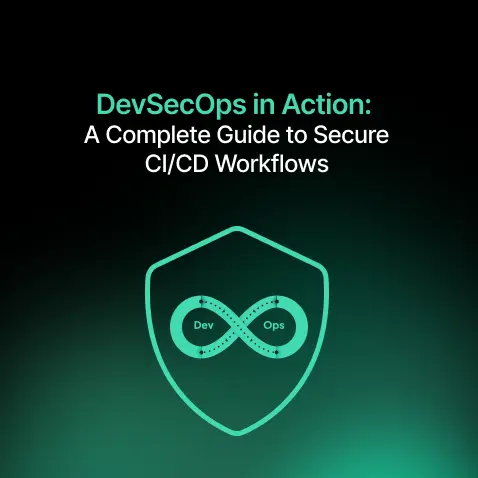
DevSecOps in Action: A Complete Guide to Secure CI/CD Workflows

AWS WAF Explained: Protect Your APIs with Smart Rate Limiting
Stay Ahead in the World of DevOps
Explore How SquareOps can help you with your DevOps needs? Talk to an expert!
Frequently asked questions
DevOps is a set of practices that combines development and IT operations to enable faster, more efficient software delivery. It enhances collaboration, automation, and continuous delivery, leading to quicker releases and improved product quality.
DevOps enables faster delivery, increased reliability, improved collaboration, enhanced security, and better scalability.
SquareOps modernizes workloads by leveraging the scalability and flexibility of cloud services, ensuring seamless migrations with a focus on ROI, performance, and minimal disruption.
IaC is a method of managing and provisioning infrastructure using code, allowing consistent, repeatable deployments, reduced manual errors, and better version control
Cloud migration is the process of moving data, applications, or other business elements from an on-premises infrastructure to the cloud.
Common challenges include data breaches, misconfigurations, and compliance issues. SquareOps tackles these with built-in security measures, automated compliance checks, and best practices for robust cloud security.
A CI/CD pipeline automates code integration, testing, and deployment, ensuring rapid, reliable updates. It supports agile development by enabling frequent, efficient software releases.
Serverless computing automatically scales and runs code without managing servers, ideal for event-driven workloads. Containers offer more control and flexibility, suitable for consistent environments across development and production.
Observability provides insights into system health, enabling teams to detect, diagnose, and resolve issues quickly. It’s vital for ensuring reliability and performance in complex microservice environments.
SquareOps uses compliance accelerators, automated checks, and proven security frameworks to align client infrastructure with industry standards, ensuring robust compliance and data protection.

